Bird Watching in Nepal
During peak migratory periods, many birds travel from the Indian subcontinent, Central Asia, Siberia, and other regions to escape harsh weather conditions and breed in the diverse habitats that Nepal offers.
During peak migratory periods, many birds travel from the Indian subcontinent, Central Asia, Siberia, and other regions to escape harsh weather conditions and breed in the diverse habitats that Nepal offers.

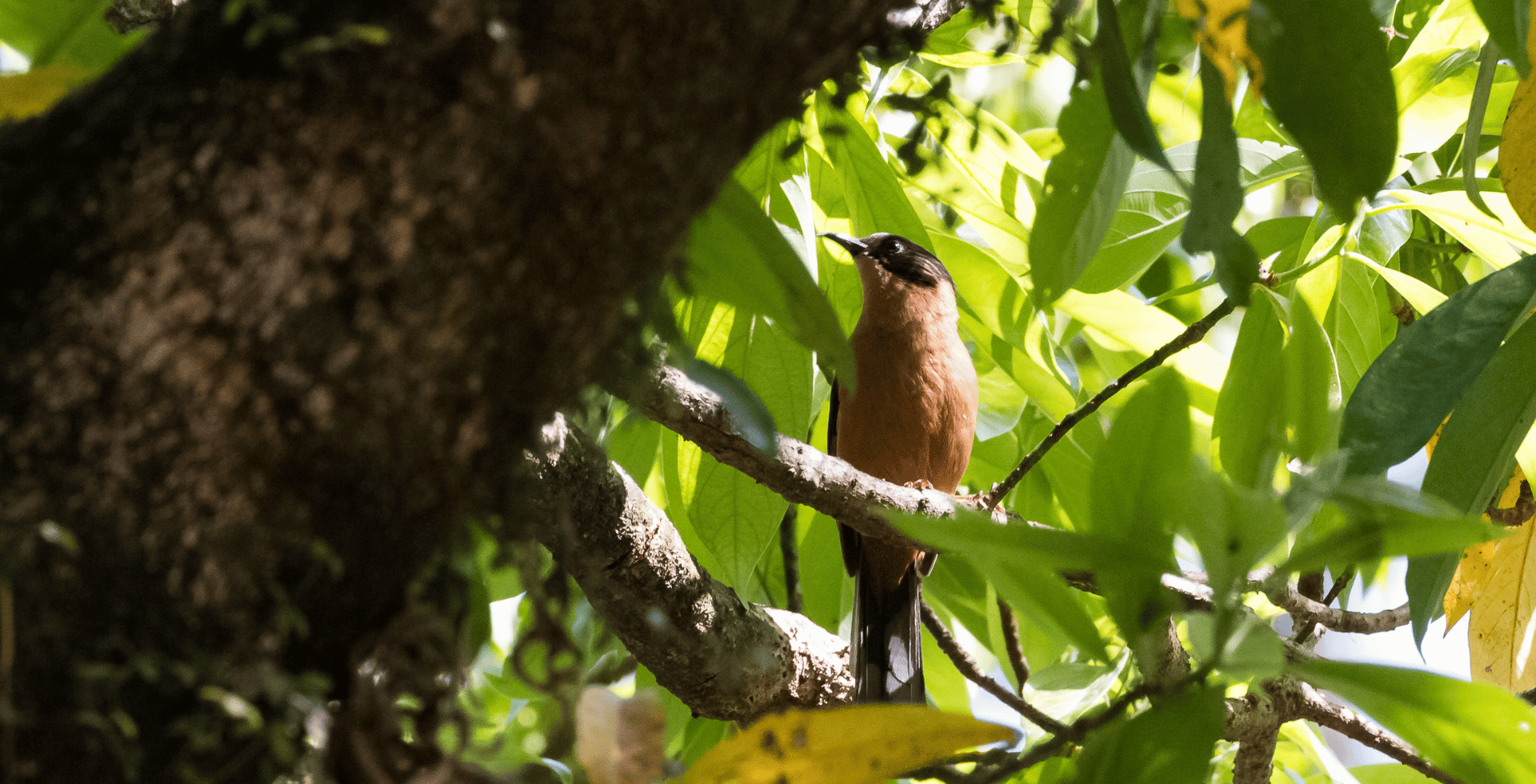
Nestled between the soaring peaks of the Himalayas and the dense lowland jungles, Nepal is a treasure trove of natural wonders, offering breathtaking landscapes and a rich array of wildlife. Home to over 870 bird species, this small country boasts a diversity of habitats, from tropical plains to alpine forests, making it an ideal destination for avid bird watchers and nature enthusiasts alike.
Birds play a crucial role in maintaining the balance of ecosystems. They help in pollination, seed dispersal, and pest control, ensuring the survival and health of other plant and animal species. In this blog, we will delve into the world of bird watching in Nepal, covering everything from the essentials of bird watching and top birding destinations to unique bird species and resources for bird enthusiasts. Join us as we embark on a journey through the skies, exploring the vibrant avian life that thrives in the beautiful landscapes of Nepal.
Bird watching not only provides an opportunity to observe these fascinating creatures up close but also fosters a deeper appreciation for the interconnectedness of nature. You will find various options to get started with bird-watching, in different locations with different species.
Nepal witnesses an incredible influx of migratory birds during different times of the year, which makes understanding seasonal migration patterns essential for planning your bird watching trip. The peak migratory seasons in Nepal are from March to May and September to November. During these periods, many birds travel from the Indian subcontinent, Central Asia, Siberia, and other regions to escape harsh weather conditions and breed in the diverse habitats that Nepal offers.
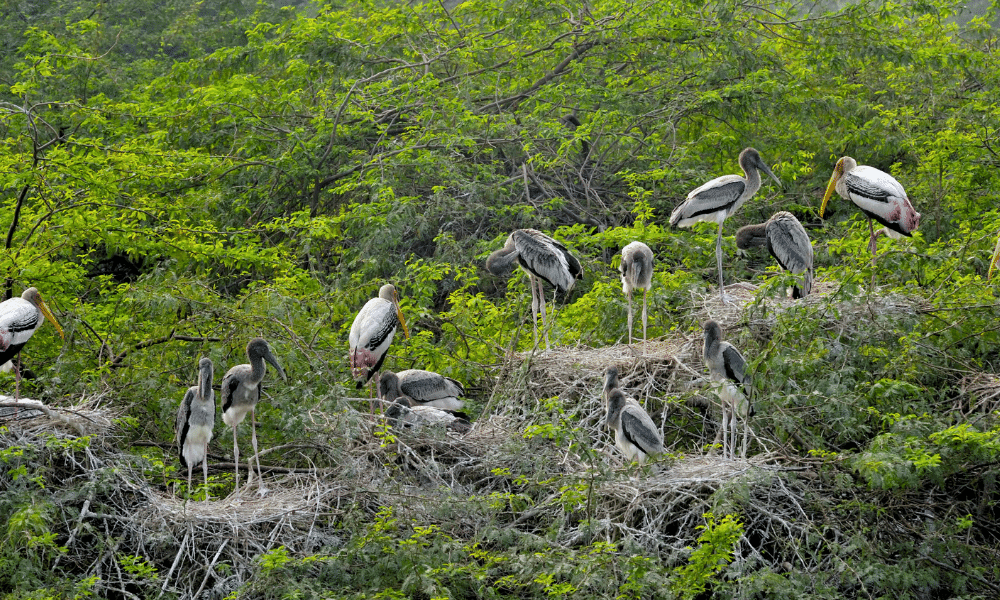
In spring (March to May), you can observe a multitude of vibrant migratory species like warblers, flycatchers, and thrushes. Similarly, autumn (September to November) brings a diverse range of raptors, shorebirds, and waterfowl. While winter (December to February) can be cold, especially in higher altitudes, it's an excellent time to spot wintering birds like redstarts, buntings, and rosefinches.
Nepal's climate varies significantly across its altitudinal range, making weather an important factor to consider when planning your bird watching trip. The ideal time to visit Nepal for bird watching is during the dry season, which spans from October to May. During this period, the skies are clear, providing optimal visibility for spotting birds, and the weather is generally more pleasant.
The monsoon season, from June to September, can make bird watching more challenging due to heavy rainfall and muddy trails. However, some bird species, like cuckoos and minivets, become more active during this time, making it a unique opportunity for bird watchers who don't mind venturing out in the rain.
In conclusion, the best time to visit Nepal for bird watching depends on your preferences and the species you're interested in observing. Keep in mind the seasonal migration patterns and weather conditions to ensure a memorable bird watching experience.
To make the most of your bird-watching adventure in Nepal, it is essential to have the right equipment and gear. Here's a list of some important items you'll need for a successful birding experience:
A good pair of binoculars is the most important piece of equipment for bird watching. They allow you to observe birds up close without disturbing them. Look for binoculars with a magnification of 7x to 10x and a large objective lens (at least 42mm) to ensure bright and clear images. Waterproof and fog-proof binoculars are ideal for the varying weather conditions in Nepal.
A field guide is essential for identifying and learning about the birds you encounter. There are several field guides specifically focused on the birds of Nepal and the Indian subcontinent. Make sure to choose a guide with clear illustrations or photographs, distribution maps, and detailed descriptions of each species, including their habitat, behavior, and calls.
If you want to document your bird-watching experience through photography, investing in a good camera and lenses is crucial. A digital SLR or mirrorless camera with a telephoto lens (300mm or longer) will allow you to capture detailed images of birds from a distance. Additionally, consider purchasing a tripod or monopod for stability, especially when using heavy lenses.
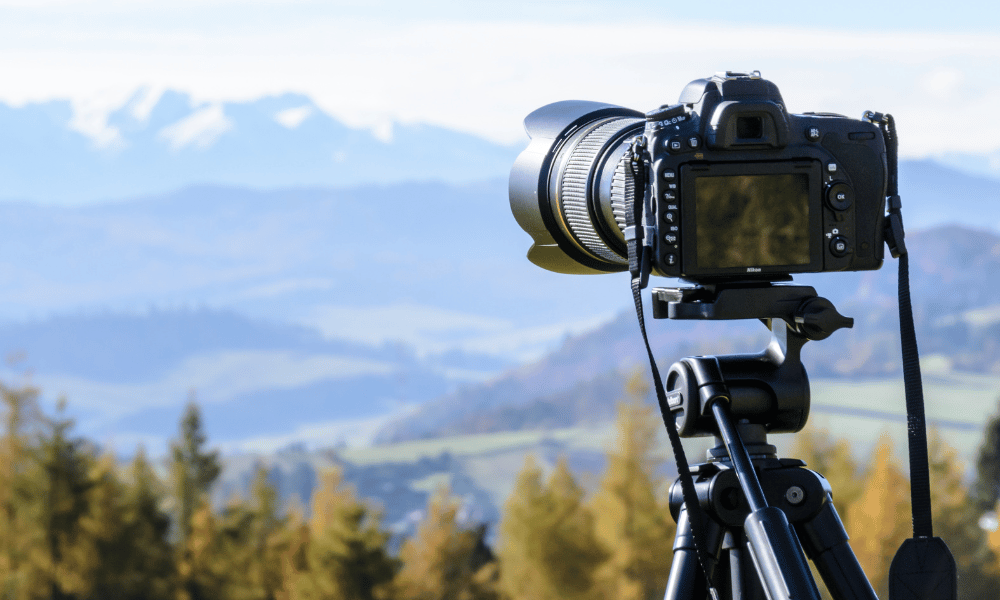
Dressing appropriately for bird watching in Nepal is essential due to the country's diverse weather conditions and terrain. Opt for lightweight, breathable, and moisture-wicking clothing that can be layered to adapt to changing temperatures. Choose neutral or earth-tone colors to blend in with the environment and avoid disturbing the birds. Waterproof hiking boots with good ankle support are recommended for navigating uneven terrain. Don't forget to pack a hat, sunglasses, and sunscreen for sun protection, as well as a lightweight rain jacket for unexpected showers.
By ensuring you have the right equipment and gear, you'll be well-prepared to enjoy the diverse birdlife that Nepal has to offer.
Practicing proper bird-watching etiquette is essential to ensure the well-being of the birds and their habitats, as well as to create a positive experience for fellow birdwatchers. Here are some key points to remember:
Always prioritize the welfare of birds and their environment. Avoid causing any harm to the birds or damaging their habitats, such as nests and feeding areas. Refrain from using bird calls or playback devices to attract birds, as it can stress them and disrupt their natural behaviors. If you encounter a rare or sensitive species, be cautious not to reveal its exact location publicly to protect it from potential harm or disturbance.
Observe birds from a distance that does not cause them stress or alter their behavior. If a bird appears agitated or changes its behavior as you approach, back away slowly and quietly. Use binoculars, scopes, or telephoto lenses to get a closer view without disturbing the birds. Additionally, be mindful of your surroundings and avoid trampling on vegetation or disturbing other wildlife while you move around.
Birds are sensitive to noise and can be easily disturbed by loud sounds or sudden movements. Keep your voice low and minimize conversation while bird-watching. Be cautious when walking through their habitats, taking care to move slowly and quietly. Turn off your mobile phone or keep it on silent mode to prevent any unexpected noises that might scare the birds away.
By adhering to these basic bird-watching etiquette guidelines, you can enjoy a fulfilling birding experience while ensuring the safety and well-being of the birds and their habitats. Remember, responsible bird watching is essential to promote conservation and protect the rich biodiversity of Nepal.
As mentioned earlier, you will have plenty of locations to pick from depending on what birds you want to encounter and during what time of the year. Let's have a look through them all.
Chitwan National Park, located in the Terai region of Nepal, covers an area of 932 square kilometers and is a UNESCO World Heritage Site. The park boasts a diverse landscape, ranging from dense subtropical forests to vast grasslands and marshy wetlands. This rich habitat supports a plethora of flora and fauna, including more than 550 species of birds, making Chitwan National Park one of the top bird watching destinations in Nepal.
Key bird species to look out for
Chitwan National Park is home to an impressive variety of bird species, including both resident and migratory birds. Some of the key species you can encounter in the park are:
Bengal Florican: A critically endangered grassland bird, known for its striking black and white plumage and unique mating display.
Lesser Adjutant Stork: A large wading bird with an imposing appearance, often found in wetlands and swamps.
Grey-crowned Prinia: A small, active bird with a distinctive black-and-white head pattern, typically seen in grassy areas.
White-tailed Rubythroat: A beautiful and elusive bird with a vibrant red throat and white tail, often found in scrubby vegetation near water.
Stork-billed Kingfisher: A large and colorful kingfisher with a striking red bill, commonly found near rivers and lakes.
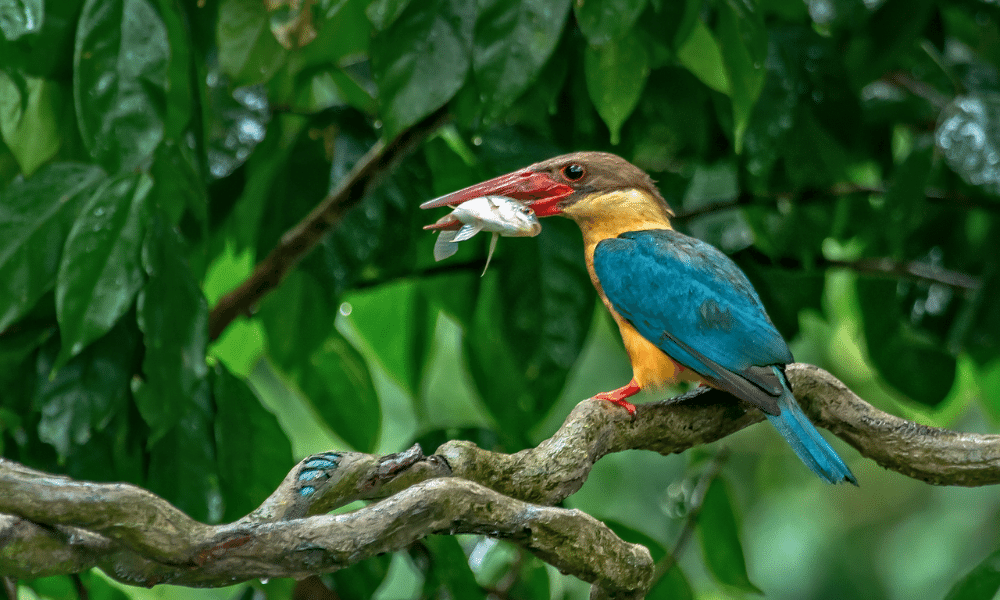
In addition to these, the park is home to numerous raptors, waterbirds, woodpeckers, and passerines, offering bird watchers a wide array of species to observe.
Best bird-watching spots
Chitwan National Park offers several excellent bird-watching spots, including:
The Rapti River: A prime location for observing waterbirds like storks, herons, and kingfishers. Canoe trips along the river provide a unique opportunity to spot birds from the water.
The 20,000 Lakes area (Bish Hazari Tal): A series of natural lakes and marshlands that attract a wide variety of waterbirds, waders, and grassland species.
Sauraha: A small village on the edge of the park with nearby grasslands and forests, offering a convenient base for bird watching activities.
Buffer zone community forests: These areas provide additional bird watching opportunities, with walking trails and watchtowers offering excellent vantage points for observing birds.
Exploring the diverse habitats of Chitwan National Park will reward bird watchers with unforgettable sightings and a deeper appreciation for Nepal's rich avian life.
Koshi Tappu Wildlife Reserve, situated in the floodplains of the Sapta Koshi River in southeastern Nepal, covers an area of 175 square kilometers. The reserve is characterized by a mix of grasslands, marshes, ponds, and riverine forests, which together create an ideal habitat for a diverse range of bird species. With over 490 bird species recorded, Koshi Tappu is considered a bird watcher's paradise and is recognized as an Important Bird Area (IBA) by BirdLife International.
Key bird species to look out for
The Koshi Tappu Wildlife Reserve hosts an incredible array of bird species, including both resident and migratory birds. Some notable species you can encounter in the reserve are:
Swamp Francolin: A ground-dwelling bird with a distinctive call, often found in tall grasslands and wetlands.
White-rumped Vulture: A critically endangered scavenger, frequently seen soaring over the reserve in search of food.
Black-necked Stork: A large wading bird with striking black-and-white plumage, often spotted near water bodies.
Indian Skimmer: A unique and endangered bird with a distinctive bill shape, found along the sandbanks of the Koshi River.
Great Thick-knee: A large, nocturnal wader with powerful legs, typically seen on riverbanks and sandbars.
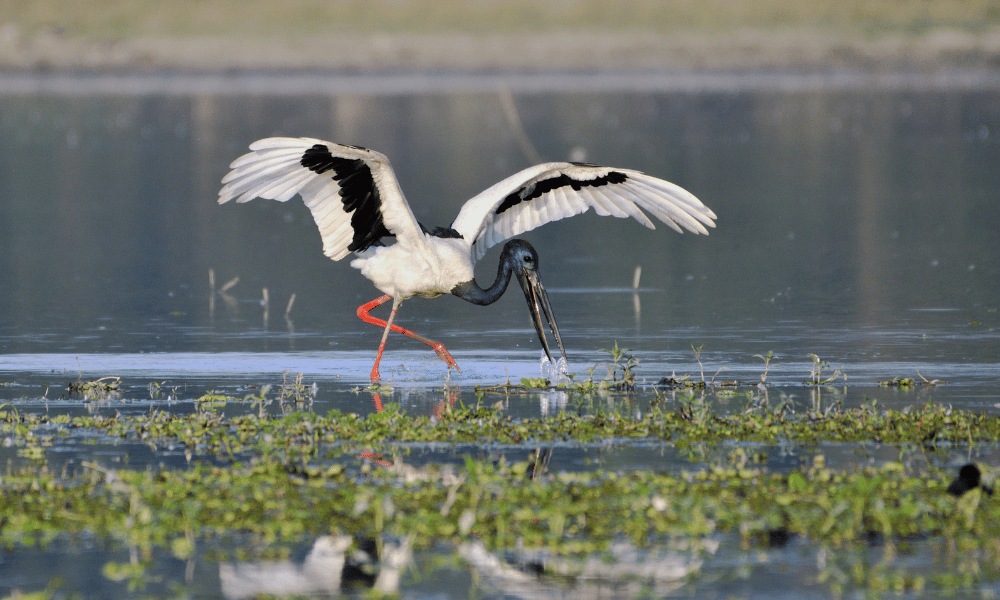
Apart from these, Koshi Tappu is an excellent location for observing waterbirds, waders, and several species of ducks and geese, especially during the winter months.
Best bird-watching spots
Koshi Tappu Wildlife Reserve offers a variety of bird watching spots that showcase its diverse habitats. Some of the top locations include:
Koshi Barrage: The barrage on the Koshi River attracts numerous waterbirds and waders, making it a great spot for bird watching.
Riverbanks and sandbars: The Koshi River's sandbars and banks provide excellent bird watching opportunities, with a variety of waders, gulls, and terns often seen.
Wetlands and marshes: The reserve's extensive wetland areas are home to numerous waterbirds, including storks, herons, and cranes.
Grasslands: Tall grasslands in the reserve are the preferred habitat for many ground-dwelling species like francolins, larks, and pipits.
By exploring the diverse habitats of Koshi Tappu Wildlife Reserve, bird watchers can experience the abundance of birdlife that thrives in this unique and important conservation area.
Shivapuri Nagarjun National Park is located on the northern outskirts of Kathmandu Valley and covers an area of 159 square kilometers. The park encompasses a range of habitats, including dense forests, rivers, and hillsides, with elevations ranging from 1,366 meters to 2,732 meters above sea level. Shivapuri Nagarjun National Park is home to over 300 bird species, making it a popular bird watching destination for both locals and visitors alike.
Key bird species to look out for
The park's diverse habitats host an impressive variety of bird species, including several that are rare or endemic to the region. Some of the key species to look out for in Shivapuri Nagarjun National Park are:
Spiny Babbler: An endemic bird species to Nepal, known for its distinctive vocalizations and thorny vegetation preference.
White-gorgeted Flycatcher: A small, elusive bird with striking black and white markings on its throat, typically found in dense undergrowth.
Long-tailed Broadbill: A colorful, social bird with a distinctive long tail, often seen in mixed-species flocks in the forest canopy.
Chestnut-headed Tesia: A tiny, skulking bird with bright orange and green plumage, found in dense undergrowth and bamboo thickets.
Golden-throated Barbet: A striking, green bird with a vivid blue face and golden throat, commonly seen perched on tree trunks.
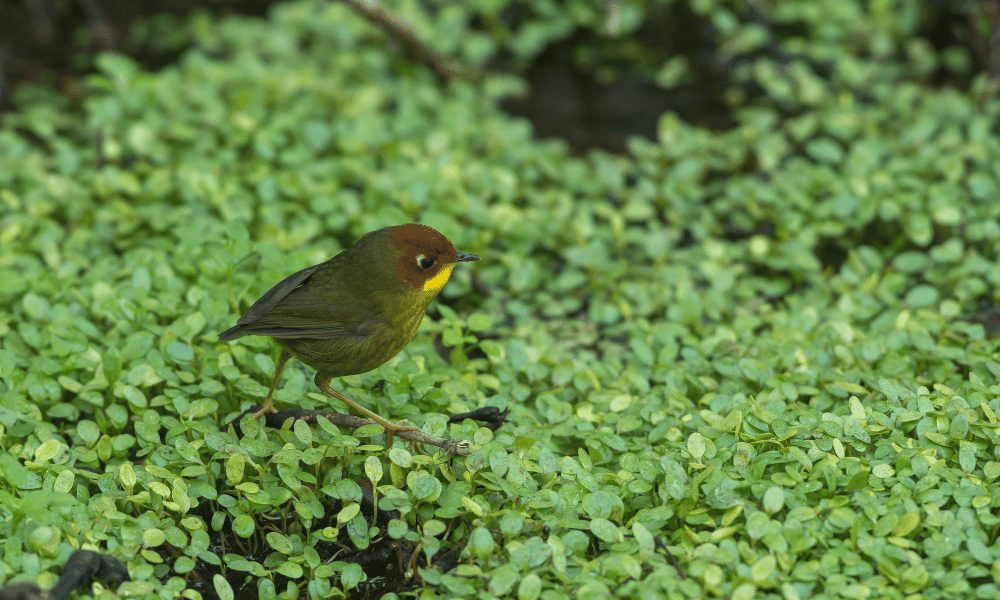
In addition to these species, the park is home to a wide variety of other passerines, woodpeckers, and raptors, offering bird watchers ample opportunities for sightings.
Best bird-watching spots
Shivapuri Nagarjun National Park offers several excellent bird-watching spots, including:
Shivapuri Peak: The highest point in the park, which can be reached via a series of trails, provides fantastic bird-watching opportunities, especially during the early morning hours.
Baghdwar: The source of the Bagmati River, located within the park, attracts numerous bird species and offers a peaceful bird watching experience.
Nagi Gumba: A Buddhist monastery situated within the park that is surrounded by lush forests, providing a serene setting for bird watching.
Nagarjun Forest: The dense forested area of Nagarjun offers great bird watching opportunities, with a variety of forest-dwelling species to be seen.
By visiting Shivapuri Nagarjun National Park and exploring its diverse habitats, bird watchers can immerse themselves in the rich avian life that thrives in the park's pristine landscapes.
The Annapurna Conservation Area (ACA) is the largest protected area in Nepal, covering an area of 7,629 square kilometers. The region encompasses a diverse range of ecosystems, including subtropical forests, alpine meadows, and snow-capped mountains, with altitudes ranging from 790 meters to over 8,000 meters above sea level. The ACA is home to over 500 bird species, making it a premier destination for bird-watching enthusiasts.
Key bird species to look out for
The Annapurna Conservation Area hosts an impressive variety of bird species due to its diverse habitats and elevation range. Some of the key species to look out for in the ACA are:
Himalayan Monal: A large, brilliantly colored pheasant that inhabits high-altitude forests and alpine meadows.
White-throated Tit: A small, striking bird with a white throat and black-and-white head pattern, typically found in scrub and open woodland areas.
Satyr Tragopan: A large and colorful pheasant with striking blue facial skin and vivid red plumage, found in dense forests at mid-elevation.
Ibisbill: A unique, wading bird with a long, curved bill, typically found on the rocky banks of fast-flowing rivers.
Grandala: A high-altitude bird with striking blue plumage, found in open alpine habitats above the treeline.
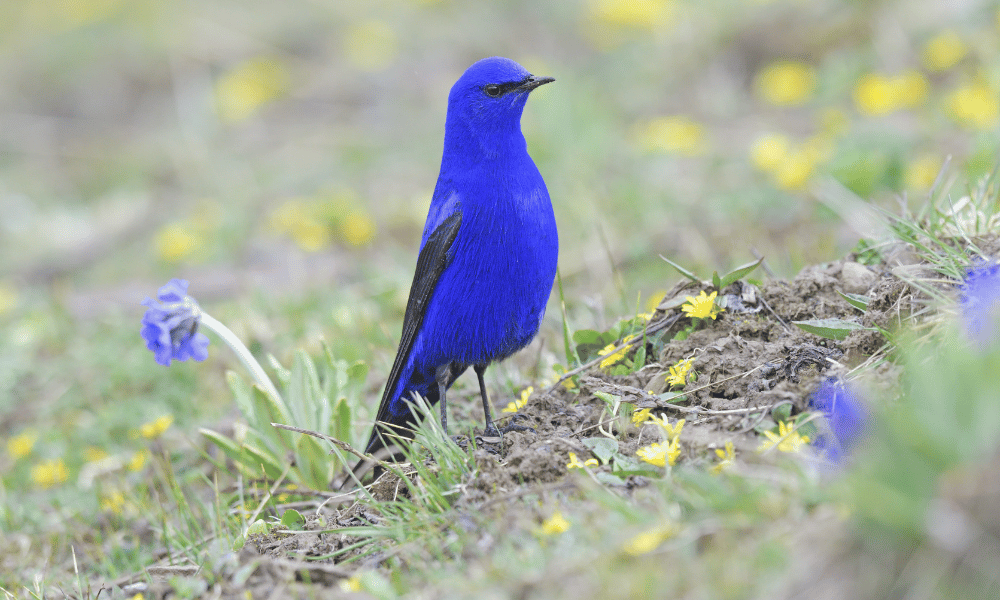
In addition to these species, the ACA is home to a wide variety of other passerines, woodpeckers, raptors, and waders, offering bird watchers an extensive list of species to observe.
Best bird-watching spots
The Annapurna Conservation Area offers numerous excellent bird-watching spots, including:
Ghorepani and Poon Hill: The popular trekking route offers fantastic bird-watching opportunities in both rhododendron forests and open grasslands.
Annapurna Base Camp: The trek to Annapurna Base Camp traverses diverse habitats, offering chances to spot a variety of bird species at different elevations.
Jomsom and Muktinath: These locations in the Mustang region of the ACA provide a unique opportunity to observe high-altitude bird species in a stark, arid landscape.
Sikles and Bhujung: These traditional Gurung villages are surrounded by lush forests, making them ideal spots for bird watching.
Exploring the diverse habitats of the Annapurna Conservation Area will reward bird watchers with a wide array of bird species and an unforgettable experience of the region's stunning landscapes.
Bardia National Park is located in the Terai region of western Nepal and covers an area of 968 square kilometers. The park is characterized by its diverse landscape, which includes dense forests, grasslands, and wetlands, creating an ideal habitat for a wide range of flora and fauna. Bardia National Park is home to over 400 bird species, making it an excellent destination for bird-watching enthusiasts.
Key bird species to look out for
The park's varied habitats support an impressive variety of bird species, including both resident and migratory birds. Some of the key species to look out for in Bardia National Park are:
Lesser Florican: A small, grassland-dwelling bustard, known for its remarkable aerial courtship display.
White-rumped Vulture: A critically endangered scavenger, often seen soaring over the park in search of carrion.
Alexandrine Parakeet: A large, brightly colored parakeet with a distinctive pink collar and red bill, commonly found in forested areas.
Black Francolin: A ground-dwelling bird with striking black and white markings, typically found in grasslands and scrubby habitats.
Oriental Pied Hornbill: A large, distinctive bird with a prominent casque on its bill, often seen in fruiting trees and forested areas.
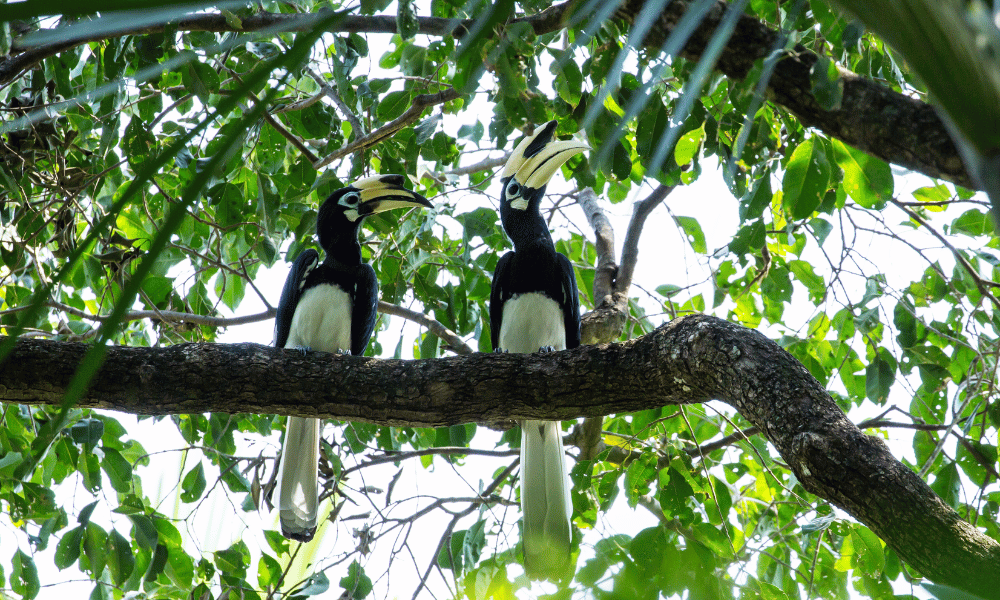 In addition to these species, the park is home to a wide variety of other waterbirds, raptors, woodpeckers, and passerines, offering bird watchers ample opportunities for sightings.
In addition to these species, the park is home to a wide variety of other waterbirds, raptors, woodpeckers, and passerines, offering bird watchers ample opportunities for sightings.
Best bird-watching spots
Bardia National Park offers several excellent bird-watching spots, including:
Babai Valley: This pristine valley is home to a variety of bird species, as well as other wildlife, making it an ideal spot for bird watching and wildlife safaris.
Karnali River: The river and its surrounding wetlands provide excellent bird-watching opportunities, especially for waterbirds and waders.
Baghaura Lake: A small lake surrounded by grasslands and forests, offering a peaceful setting for bird watching.
Community forests and buffer zones: The park's surrounding community forests and buffer zones provide additional bird-watching opportunities, with walking trails and watchtowers offering excellent vantage points for observing birds.
By exploring the diverse habitats of Bardia National Park, bird watchers can immerse themselves in the rich avian life that thrives within the park's boundaries.
Nepal, with its diverse ecosystems and elevational gradients, hosts a wide variety of bird species, including several that are endemic or near-endemic to the country. These unique birds are found only within specific habitats in Nepal or within a limited range that spans Nepal and its neighboring regions. Conservation efforts are crucial to protect these species and their habitats, as many face threats such as habitat loss and climate change.
The Spiny Babbler is the only bird species endemic to Nepal. This medium-sized, brownish-grey bird is found in dense undergrowth, scrub, and thorny vegetation, primarily in the central and eastern regions of Nepal, between 500 and 2,500 meters above sea level. The Spiny Babbler is known for its melodious and varied song, making it a sought-after species for bird watchers.
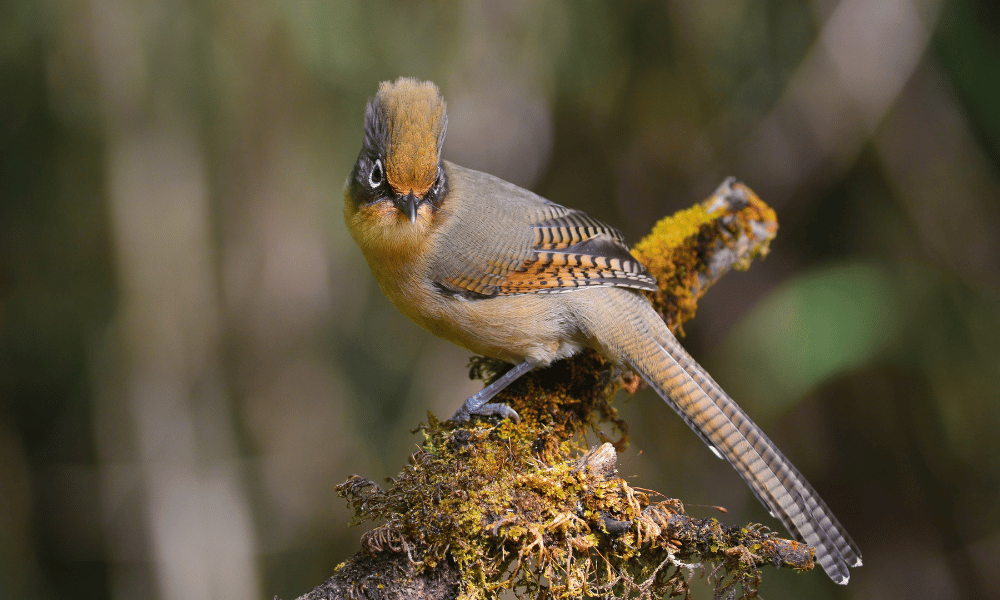
The Hoary-throated Barwing is a near-endemic species found in the eastern Himalayas, with its range spanning Nepal, Bhutan, and northeastern India. This small bird has a distinctive greyish-white throat and brownish-grey plumage, with dark streaks on its upper parts. The Hoary-throated Barwing is typically found in broadleaf and mixed forests between 2,100 and 3,400 meters above sea level.
The Nepali Laughingthrush is another near-endemic species, with its range encompassing Nepal and parts of India and Bhutan. This medium-sized bird has striking chestnut-brown plumage with a black head, white eyebrows, and a long tail. It is found in forests, shrublands, and bamboo thickets between 1,400 and 3,700 meters above sea level. The Nepali Laughingthrush is known for its loud, laughing calls, often heard in the early morning and late afternoon.
While not endemic to Nepal, the Himalayan Monal is a symbol of the country's rich avifauna and is the national bird of Nepal. This large, brilliantly colored pheasant is found in high-altitude forests and alpine meadows across the Himalayas, with a range that includes Nepal, India, Bhutan, and Tibet. The male monal has iridescent blue, green, and purple plumage, while the female has a more subdued brown coloration. The Himalayan Monal is often sought after by bird watchers for its striking appearance and impressive courtship displays.
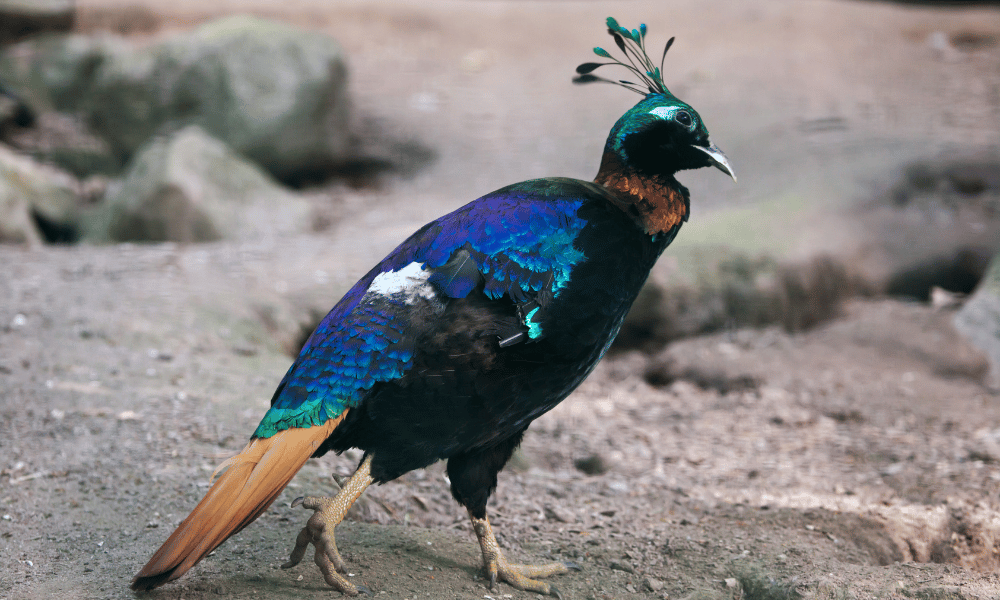
These unique bird species highlight the incredible diversity of Nepal's avifauna and serve as a reminder of the importance of conservation efforts to protect their habitats and ensure their survival.
Joining a guided bird-watching tour offers numerous advantages for both beginner and experienced bird watchers, including:
Expertise: Knowledgeable guides can help you identify bird species, calls, and behaviors, enhancing your bird-watching experience and improving your skills.
Local insight: Local guides are familiar with the best bird-watching spots and the timing for optimal sightings, increasing your chances of observing a wide variety of species.
Convenience: Guided tours typically handle logistics like transportation, accommodations, and meals, allowing you to focus on enjoying your bird-watching experience.
Safety: Guides are trained to navigate challenging terrain and are aware of potential hazards in the field, ensuring a safer experience for participants.
Networking: Joining a guided tour offers the opportunity to meet fellow bird enthusiasts, share experiences, and learn from each other.
To find a reputable bird-watching guide or tour company, consider the following:
Research: Start by searching online for bird-watching tours and guides in the area you plan to visit. Look for reviews and testimonials from past participants to gauge the quality of the experience.
Recommendations: Seek recommendations from fellow bird watchers, local bird clubs, or online birding forums. Personal experiences can provide valuable insight into the quality of a tour or guide.
Credentials: Check the credentials of the tour company or guide, including relevant training, experience, and certifications. A reputable guide should have a strong background in ornithology and field experience.
Conservation commitment: Look for tour companies or guides that prioritize sustainable and responsible bird-watching practices, and support local conservation initiatives.
To choose the right bird-watching tour or guide, consider the following factors:
Personal interests: Make sure the tour or guide specializes in the type of bird-watching experience you're seeking, such as targeting specific species or exploring particular habitats.
Group size: Smaller group sizes generally provide a more personalized experience and allow for better bird-watching opportunities.
Duration: Choose a tour that fits your schedule and preferences, whether it's a half-day, full-day, or multi-day excursion.
Budget: Compare prices and inclusions among different tour options to find one that fits your budget while still offering a quality experience.
Fitness level: Consider the physical demands of the tour, such as hiking distances and terrain, and select one that matches your fitness level and abilities.
By taking the time to research and choose the right bird-watching tour or guide, you can enhance your birding experience and create lasting memories of your time in Nepal.
By engaging with bird-watching communities and utilizing available resources, you can enhance your birding experience, contribute to citizen science projects, and connect with like-minded individuals who share your passion for birds.
Online forums and social media groups are valuable resources for connecting with fellow bird watchers, sharing experiences, and obtaining information about bird sightings and locations. Some popular platforms include:
Birding Nepal Facebook Group: A community of bird enthusiasts in Nepal sharing sightings, photos, and discussions on bird identification and conservation.
eBird: A global online database of bird observations, where users can submit sightings, explore recent bird observations in specific locations, and connect with other bird watchers.
BirdForum: An international online forum for bird-watching enthusiasts, offering discussions on bird identification, equipment, and travel, as well as regional sub-forums for specific countries, including Nepal.
Joining a local bird-watching club can help you connect with fellow bird enthusiasts, participate in group outings, and learn from experienced birders. Some clubs and organizations in Nepal include:
Bird Conservation Nepal (BCN): A non-profit organization focused on bird conservation and research in Nepal. BCN organizes bird-watching events, workshops, and educational programs, providing opportunities for bird enthusiasts to get involved.
Himalayan Nature: A non-profit organization dedicated to the conservation of Nepal's biodiversity. The group conducts bird-watching tours and research projects and engages with local communities to promote conservation.
Books and apps can be valuable tools for identifying birds in the field and expanding your knowledge of bird species. Some recommended resources for bird watching in Nepal include:
Books:
"Birds of Nepal" by Richard Grimmett, Carol Inskipp, and Tim Inskipp: A comprehensive field guide covering over 800 bird species found in Nepal, with detailed illustrations, maps, and descriptions.
"A Naturalist's Guide to the Birds of Nepal" by Sagar Giri and Bikram Grewal: A compact guide featuring 300 of the most common bird species in Nepal, with color photographs and descriptions.
Apps:
Merlin Bird ID by Cornell Lab: A user-friendly app that helps identify bird species by answering simple questions about the bird's appearance, behavior, and location. The app includes a regional pack for birds of the Indian Subcontinent, which covers many species found in Nepal.
eBird Mobile App by Cornell Lab: This app allows users to submit bird observations on-the-go, explore recent sightings in specific locations, and keep track of personal bird lists.
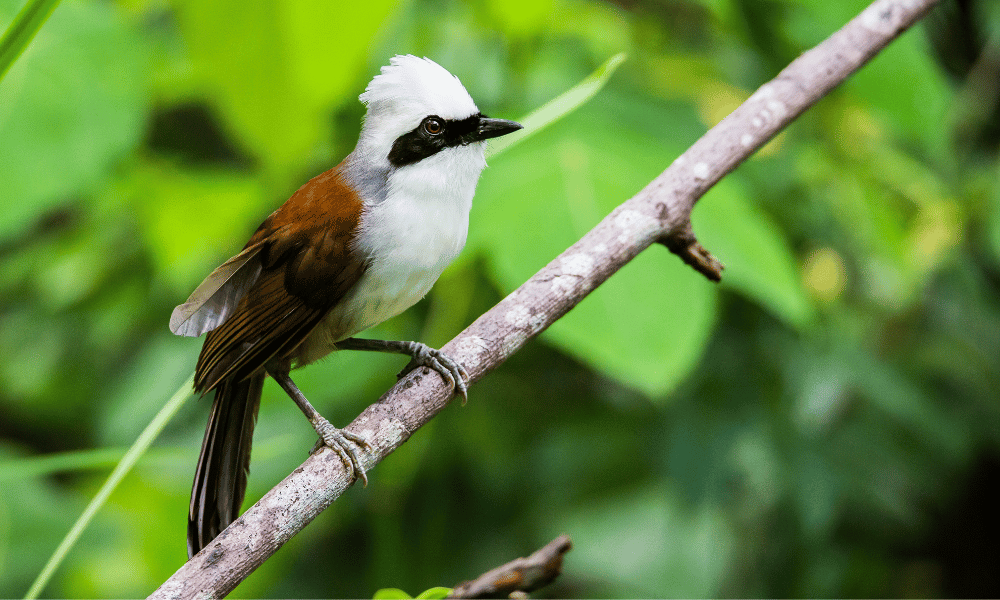
In conclusion, bird watching in Nepal offers an unparalleled experience for nature enthusiasts and avid birders alike. The country's diverse ecosystems, ranging from the lowland plains of the Terai region to the high-altitude peaks of the Himalayas, provide habitats for over 800 bird species, including several that are unique to Nepal. Exploring the country's top bird-watching destinations, such as Chitwan National Park, Koshi Tappu Wildlife Reserve, Shivapuri Nagarjun National Park, Annapurna Conservation Area, and Bardia National Park, allows bird watchers to immerse themselves in the rich avifauna of Nepal.
By joining guided tours, engaging with bird-watching communities, and utilizing various resources, bird enthusiasts can enhance their skills and appreciation for the fascinating world of birds. Additionally, these activities contribute to bird conservation efforts by raising awareness and fostering a deeper understanding of the importance of preserving the habitats that these unique species call home.
We encourage you to visit Nepal and experience its remarkable bird diversity firsthand. Whether you are a seasoned birder or just starting on your bird-watching journey, Nepal's incredible avian life will undoubtedly captivate you and leave you with a newfound appreciation for the natural world.
Yes, you can contribute to bird conservation efforts by submitting your bird sightings to citizen science platforms like eBird, supporting local bird conservation organizations, and practicing responsible bird watching etiquette to minimize disturbance to birds and their habitats.
The best time for bird watching in Nepal varies depending on the location and species you are targeting. However, the ideal months are typically between March and May, during the spring season, and October to November, during the autumn season. These periods coincide with the migratory bird season, providing opportunities to see both resident and migratory species.
While you generally do not need a permit specifically for bird watching, you may require permits or entry fees for accessing protected areas, such as national parks and conservation areas. Be sure to check the requirements for each destination you plan to visit.
Essential bird watching gear includes binoculars, a field guide or bird identification app, and a camera with suitable lenses for capturing bird sightings. Appropriate clothing depends on the season and location, but it's always a good idea to wear comfortable, lightweight clothing that can be layered, as well as sturdy, waterproof footwear.
Finding a reputable bird-watching guide or tour can be done through online research, recommendations from fellow bird watchers, or by contacting local bird clubs and conservation organizations. Ensure that the guide or company you choose has relevant experience, training, and a commitment to sustainable bird-watching practices.
General safety precautions should be taken while bird watching in Nepal, such as being aware of your surroundings, staying on marked trails, and carrying essential items like water, snacks, and a first aid kit. If you are unfamiliar with the area, consider joining a guided tour to minimize safety risks.